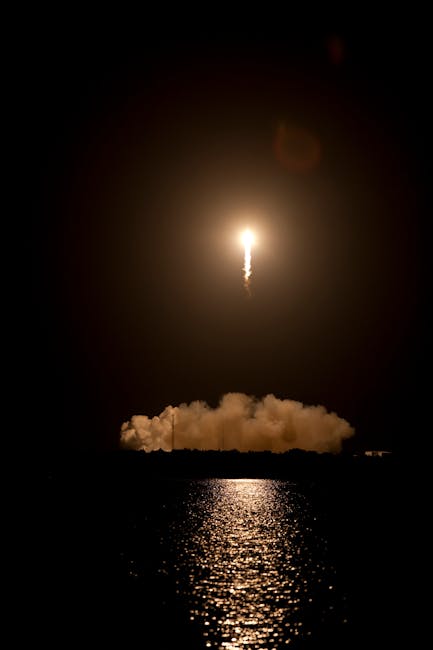 Surprising Benefits of Shot Peening
Surprising Benefits of Shot Peening
Shot peening is a process of shaking the metal grains to the surface zone of the material to literally yield into a more relaxed state, and for most engineers, this is commonly known as the shot blasting method of procedure. This will result in the prevention of cracks to the surface layer due to the effectiveness of the tensile stress. Metal peening and blast finishing are the state-of-the-art technology to deburr, clean, and improve the character of the object. It can also progress the fatigue life of parts such as gears, housing, and shafts. In addition, it also developed to improve the properties of the part which are susceptible to changing strains. For some reason sandblasting is also required in the aviation and space industry for safety purposes, and so with all industries that need to prolong the life of their components. The demand for a blasting method is also required and increasingly absolute to almost all industries including the automotive sector.
Historically, metal blasting had been in use for almost a decade, for the requirement of increasing the fatigue life of the parts to provide them a stronger and longer strength without increasing additional material. It also provides a compressive stress layer that makes it more durable and difficult to develop a stress crack. Blasting machines are extremely huge and it needs a vigorous volume of massive air to operate. They are being protected by a thick armored metal plate to safeguard the exposed part of the media that constantly bombards the interior part of the equipment that causes it to wear. Most of the procedural processes of the traditional design of the blaster machines are working one part at a time that makes the operator loading and unloading sequentially as needed. The repetition of the sequence is often required to protect the regions of the part in order not to be hit by the peening media stream.
The making of the metal part through machine precision, forging, and die casting or administering a part to post-formation to aggressive loading. This can induce internal stress that leads to fatigue failure, porosity, weakening strength, and corrosion. With the surprising benefit of these metal blaster processes, the fatigue life of the metal part will increase and improve. By intensifying the compressive stress layer of the surface, the underlying tensile strength of the part is also upgraded. Furthermore, since cracks are commonly developed at the surface part of the metal, the hardened surface prevents stress from cracking and corrosion to the possible extent.
Due to its toothed nature, mostly gears and constantly under stress and therefore has the advantage of being blasted. The metal blaster also assists to improve the distribution of grease and oil retention of the teethed part, especially when used in the piston of the engine and its cylinder wall. By allowing to increase the strength of the metal, it also supports all manufacturers to use another substitute cheaper material to create the same level of hardness in aspiration for a strong application. With this inclination, this will facilitate all manufacturers to provide their customer satisfaction for high achievement, longer life, and lighter weight and fuel-efficient vehicles. Indeed, the maximum blasting shot will intensify the strength of the material that is very important to secure a quality advantage of the part.